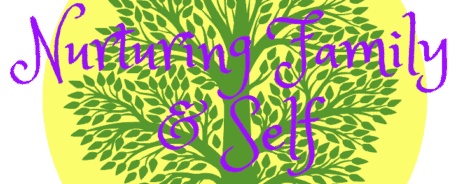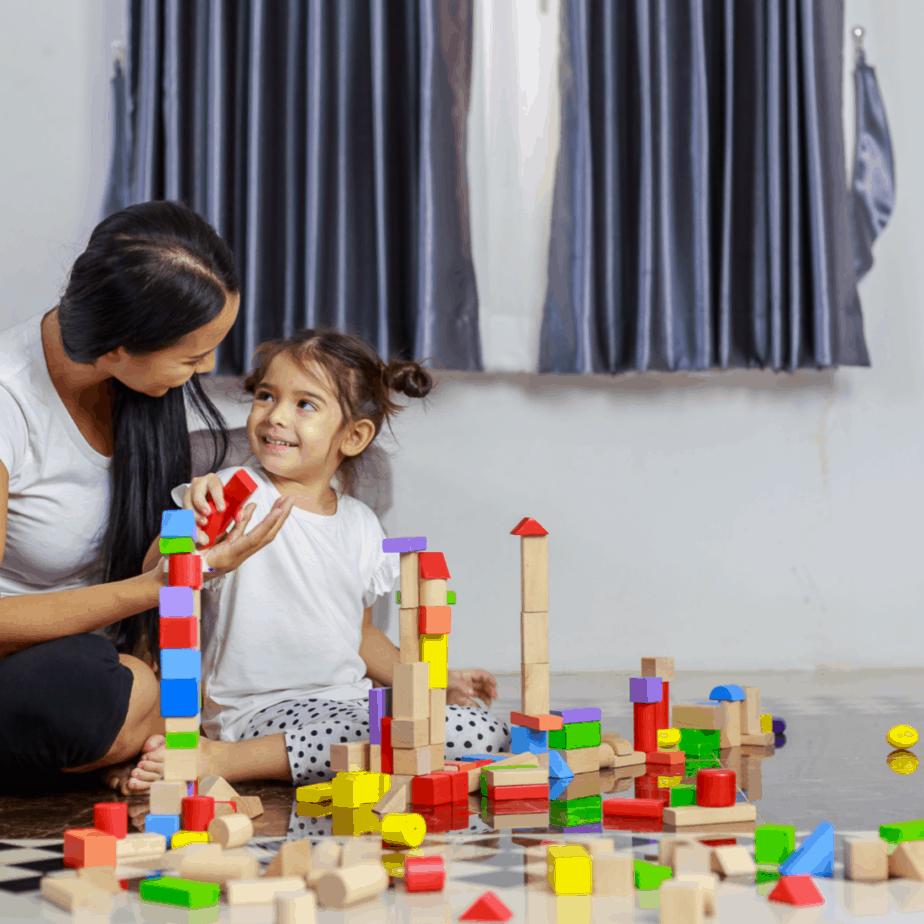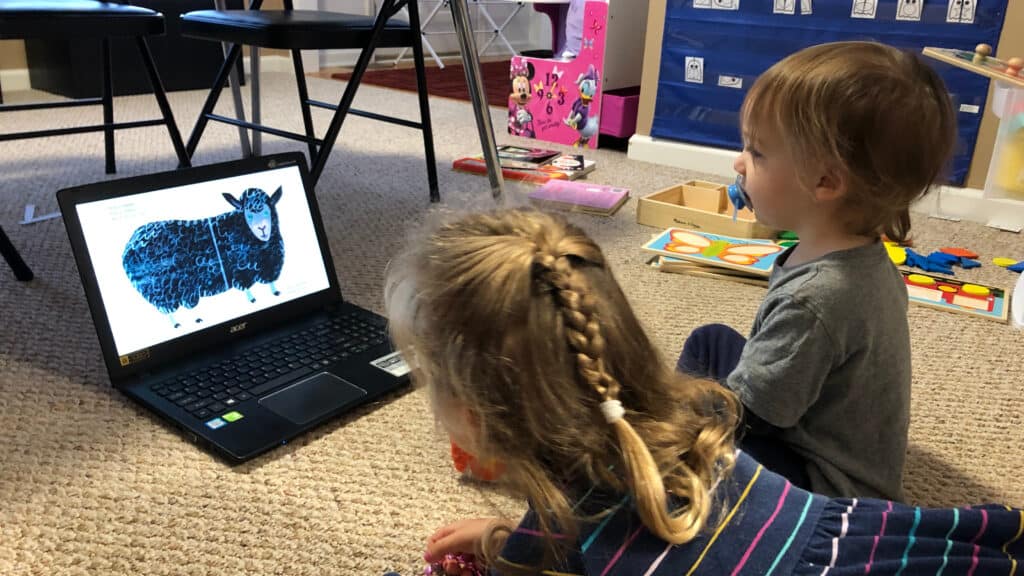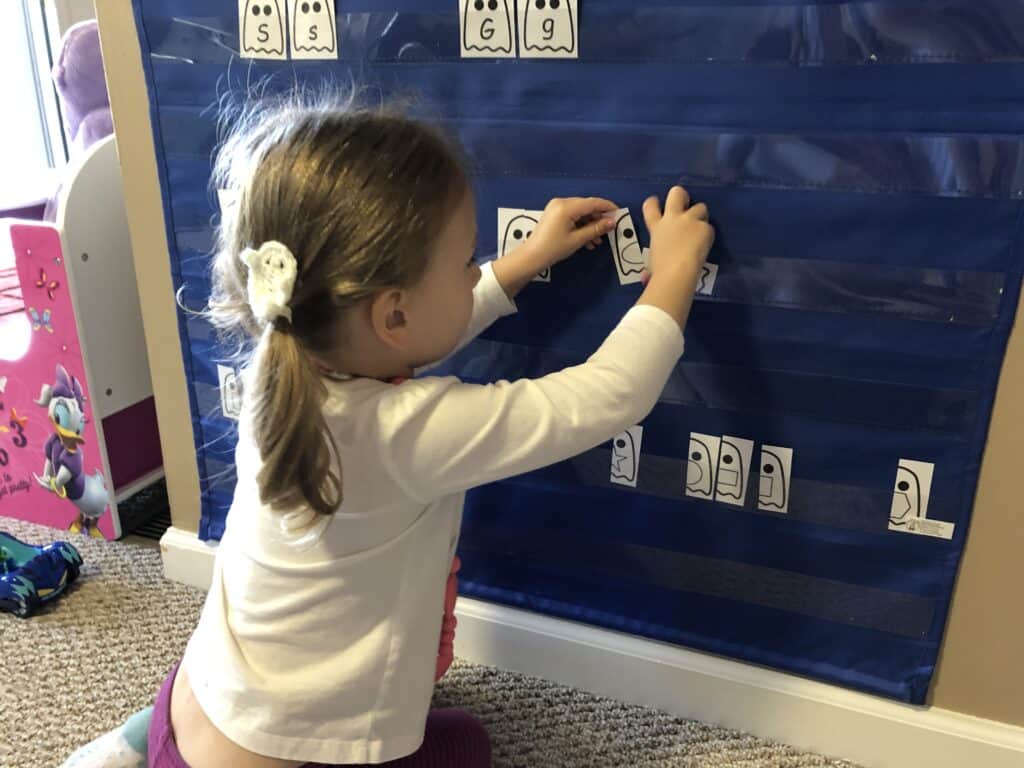This post may contain affiliate links. If you choose to make a purchase through these links, I earn a small commission at no cost to you. I do not promote anything I do not believe in or stand behind.
The Best Products for Engaging Preschoolers in Learning at Home
We’ve all spent a majority of the past year at home. Schools shut down for a period of time. As schools began reopening, it’s not exactly the way it was before COVID-19 changed our world so much. Therefore, many families made the decision to keep their children at home full-time. There are many families who chose to not enroll their early learners in preschool and find ways to teach them at home.
My husband and I were unaware of what this past year would look like. We made the decision not to enroll our daughter in preschool. Instead, I chose to keep her at home and incorporate preschool learning at home.
Now, as a former teacher with a Masters in Reading Education, I consider myself pretty knowledgeable in how to educate a child. However, my experience was mostly elementary and middle school English Language Learners. Teaching a preschooler is a new world for me, especially when it is your own child. But over the past year, I’ve learned a lot from reading many blogs, talking to other moms of preschoolers and just trying different learning activities with my daughter.
What is engaging preschoolers in learning at home?
Engaging preschoolers in learning at home means you are keeping them active, learning with them, nurturing their curiosity and finding ways to incorporate learning into everyday routines and conversation.
Engaging preschoolers in learning at home does not mean you need to set up a mini school in your home. Nor do you need to spend two and a half hours following scripted preschool lessons with your child. You simply need a space where you and your child will engage in a learning activity or two together. This could be a kitchen table or a spot on the living room floor.
Spending hundreds of dollars to engage your preschooler in learning at home is not necessary! There is no need for a fancy, formal curriculum! With a few inexpensive items, items already in your home and simple activities, you will be able to engage in many fun learning activities with your young learner.
Why do you need to engage preschoolers in learning at home?
Preschoolers are curious individuals. There is this strong desire to learn about the world all around them. They ask lots of questions and just want to know! They are little sponges and love to learn and explore new things. You can nurture this curious nature by engaging your preschooler in learning activities at home.
By providing a daily structure that incorporates many types of play (Sensory Play, Musical Play, Constructive Play, Physical Play, Outside Play, etc.) and including 15-20 minutes of learning activities along the way, your child will be set up for success in Kindergarten. There will be a foundation that is built upon once they start attending school.
As a SAHM the days feel very long at times. I enjoy including short learning activities and craft projects during the day because it keeps our day somewhat structured and interesting. My preschooler has time for unstructured play as well as more structured time with mommy. I love learning right beside her!
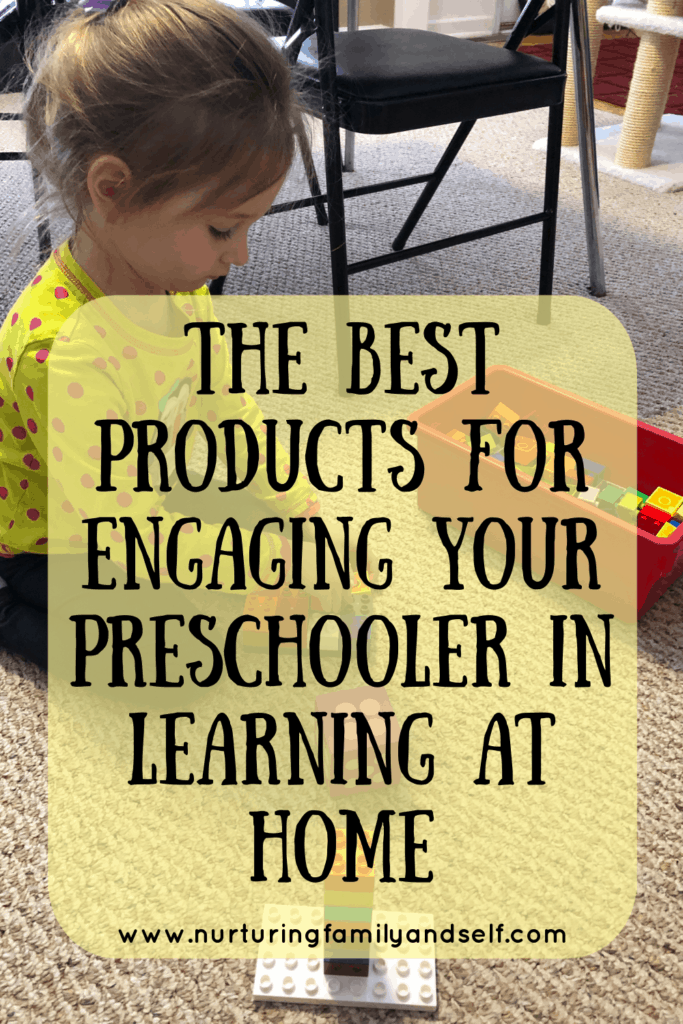
Best Products to Engage Preschoolers in Learning at Home
All of the products shared below are ones I’ve used with my preschooler to engage in learning at home. Each one is engaging, encourages learning through play and can be used to teach many skills.
Lego Duplo Classic Playset
LEGO Duplos are wonderful for preschoolers! There are so many ways you can use them for learning and play. Your preschooler can sort them by color, count and build towers, use to measure other toys or objects, make patterns, construct different shapes and just engage in open-ended constructive play.
Sticker Puzzles
These sticker puzzles are highly engaging for preschoolers. Not only are they building their fine motor skills by peeling stickers, they are building number recognition from 1-30. My daughter loves doing these puzzles and enjoys looking at the finished picture. The pictures spark meaningful conversation between you and your child. Talking about the picture builds your child’s vocabulary as you name the animals and identify details of their habitat.
Magnet Letters and Numbers
We use our magnet letters and numbers a lot! I purchased a cookie sheet from the Dollar Store and we use this with the letters and numbers. There are so many ways to play with the magnet letters and numbers! Your child can sort by color or letter shape. Your child can simply sequence the numbers and letters after you mix them up. Your child can match uppercase and lowercase letters. Your preschooler can build words.
Melissa & Doug Daily Magnetic Calendar
My mom gifted us this calendar for my daughter and we use it every day! I love the variety of magnets included. It is durable and highly engaging for my preschooler. Using the calendar to start our preschool learning time each day is a wonderful way to teach the days of the week, months of the year, recognize numbers, talk about weather and just have a conversation about the day’s activities.
Magnetic Building Blocks
Magnetic building blocks are one of my top recommended toys for children 2+. They encourage open-ended and imaginative play. For preschoolers, there are so many ways to use these for learning. Your preschooler can count them, compare sizes of buildings (tall, taller, tallest), build patterns, and build a variety of shapes. You can even use to measure the length and width of books and pictures. The possibilities are endless!
Counting Bears
Counting bears are cute and fun to play with! My toddler likes to use his digger and dump truck to scoop them up and dump them. Your preschooler will love sorting the bears by color using the provided cups. These counting bears can also be used for building patterns, counting and representing numbers and measuring. You can even start introducing the concepts of addition (adding to) and subtraction (taking something away) using these counting bears. My toddler and preschooler enjoy searching for these in sensory bins, too!
Colored Pom Poms
Pom Poms are another item we use a lot. We use them more for play than making crafts, but the possibilities are endless. Just like the counting bears, these are added to our sensory bins. These can also be sorted by color and used for counting and representing numbers. We also enjoy using the red pom poms for cherries and the blue pom poms for blueberries in our play kitchen. Another way you can use pom poms is building letter shapes, number shapes and just the outline of shapes. Check out this set of uppercase letters your child can use with pom poms! Building patterns with pom poms is fun for your preschooler, too!
Big Preschool Workbook
I purchased this workbook for my preschooler at the beginning of our stay at home orders during COVID-19. It’s colorful and very engaging for preschoolers and includes many skills. I chose this one because it was recommended by other moms and well reviewed on Amazon. We don’t use this every day, but I like having something to do for a few minutes here and there. Some days we do 5 pages and some days we do 1 page. It honestly depends on my preschooler’s interest!
Dry Erase Pouches
When I was a teacher, we used these dry erase pouches a lot with students. These turn any sheet of paper into a reusable activity. I like to print letter and number tracing sheets and put them inside these. My preschooler can practice tracing the letters over and over and over again. We also print color by number and color by letter sheets. These are great to put inside the dry erase pouches and color with dry erase markers. Printing pictures of your child’s favorite characters and putting inside the dry erase pouches to color over and over again saves a lot of paper! This is especially true with toddlers who are still new to coloring.
Colored Popsicle Sticks
Colored popsicle sticks are great for building shapes, counting and building patterns. You can also write letters, words and numbers on them for engaging learning games. Check out this post for easy popsicle stick activities for toddlers and preschoolers. There is a total of 16 different activities shared focusing on the areas of literacy, fine motor, STEM, art, shapes, colors and science.
Wooden Learning Puzzles
Puzzles are one of our go to learning activities at home. There is a wide variety of puzzles available. They are wonderful for teaching problem-solving, building hand-eye coordination, building vocabulary and strengthening the ability to notice similarities and differences. Puzzles are the perfect screen-free option for play and learning, too!
Play Doh
Play Doh is the perfect sensory play option for preschoolers. Shaping, molding, squishing, rolling and building with Play Doh all help strengthen the muscles in their hands. Preschoolers can build shapes, make letter shapes out of Play Doh snakes, engage in counting with small balls of Play Doh and do some adding and subtracting. Play Doh is a highly engaging open-ended activity and your child will love using their imagination to create and learn.
Large Foam Dice
We use these large foam dice very often! Preschoolers love rolling these dice and it can turn any activity into a fun counting game. Rolling two and three dice at a time increases the challenge as your preschooler learns more numbers. Roll and Cover or Roll and Color are two simple and fun number recognition activities we do together. The Measured Mom shares a set of seasonal roll and covers you can download for free. Here is another example of roll and color math games from Fantastic Fun and Learning.
MathLink Cubes
These MathLink Cubes from Learning Resources are fun to count, build and measure with! These cubes are great for building number sense with groups of 10 and exploring addition and subtraction. Building patterns is another way your preschooler can have fun playing with these cubes!
Match It! Self-Correcting Counting Puzzle
The Match It! Self-Correcting Counting Puzzle is a fun activity to do with your preschooler. Your preschooler counts the objects pictured and matches it to the number symbol. The color of the number matches the color of the objects, which makes it self-correcting. You can turn this puzzle into a fun memory match game by placing all of the pieces facedown on the floor or table. Then take turns flipping over the pieces and finding a match (picture and number).
Match It! Self-Correcting Spelling Puzzle
The Match It! Self-Correcting Spelling Puzzle is just as fun for your preschooler as the counting one. Your preschooler will work on building 3 and 4-letter words as they piece together pictures. As they build each word, you can draw their attention to the number of letters in each word and letter sounds. This puzzle is perfect for older preschoolers who know most of their letter names and sounds. My daughter loves doing this puzzle and we enjoy talking about the words together! There is a wide variety of the Match It! Self-Correcting Puzzles so you can find one that is just right for your child.
Common Questions/FAQ About Engaging Preschoolers in Learning at Home
What can I teach my preschooler at home?
While play should be the primary way in which you engage your preschooler in learning at home, many parents like to know what skills on which to focus. Here are all of the academic skills you can work on through play and the simple activities I shared above:
- Letter names and sounds
- Writing his/her first name
- Draw and write shapes and letters
- Identify numbers 1-20
- Counting to 30
- Comparing and ordering by size
- Sit and listen to a story
- Retell the events from a favorite story
- Sort objects by size, shape, color, beginning sound or other category
- Tell a story through drawing pictures and/or writing letters and words
- Name shapes
- Identify emotions and feelings
- Hold pencils, crayons and scissors properly
- Use scissors to cut straight lines, zigzag lines and curved lines
- Build simple patterns
- Engage in activities for 15 minutes or more
- Take turns talking
- Listen to and follow instructions
- Follow the rules
What is the first thing to teach a preschooler?
The first thing you should teach a preschooler is the alphabet and the letters in his/her name. As you go about your day, sing the alphabet song together, point out letters in signs and on packages in the home.
Use blocks to teach numbers and start developing a concept of counting. Play with big puzzles and magnetic letters to teach letters. Sing counting songs together, say nursery rhymes and read lots of books together.
How do you engage preschoolers in learning activities at home?
- Observe your child during play and notice his/her favorite way to play. Use this to inspire learning activities. For example, if your preschooler loves to build, use blocks to form letter shapes, count blocks and construct towers to compare size.
- Keep the learning activities short, around 10-15 minutes at first. Gradually increase time as your child is able to engage for longer.
- Make learning hands-on. Preschoolers love to use their hands. Make sure there are many opportunities for them to move, touch, build and manipulate with their hands.
- Incorporate movement into the learning. Preschoolers love to move and it’s a great way to strengthen their gross motor skills. For example, say a number and have them hop or jump that many times.
- Include your preschooler’s interests when it comes to planning learning activities. If your child loves cars and trucks, read books about cars and trucks (these are some of our favorites 😉), draw or make roads of different shapes on pieces of cardboard and count cars.
- Just have fun!
The Last Thing You Need to Know about Engaging Your Preschooler in Learning at Home
Engaging your preschooler in learning at home should not be complicated. It should be something that is incorporated into play and your daily routines. Learning with your preschooler should be fun! Enjoy this time with your preschooler 😊
The products I recommended in this post will help you to engage your preschooler in learning activities that are fun, simple and open-ended, which leaves lots of room for discovery and exploration!
Which product and/or activity do you think your preschooler will enjoy the most? I’d love to hear about it in the comments!
If you are looking for printable learning activities for your preschooler, be sure to check out my Teachers Pay Teachers store. Here you will find engaging and hands-on learning activities for your preschoolers 😉 Every learning activity in my store has been used with my preschooler!
